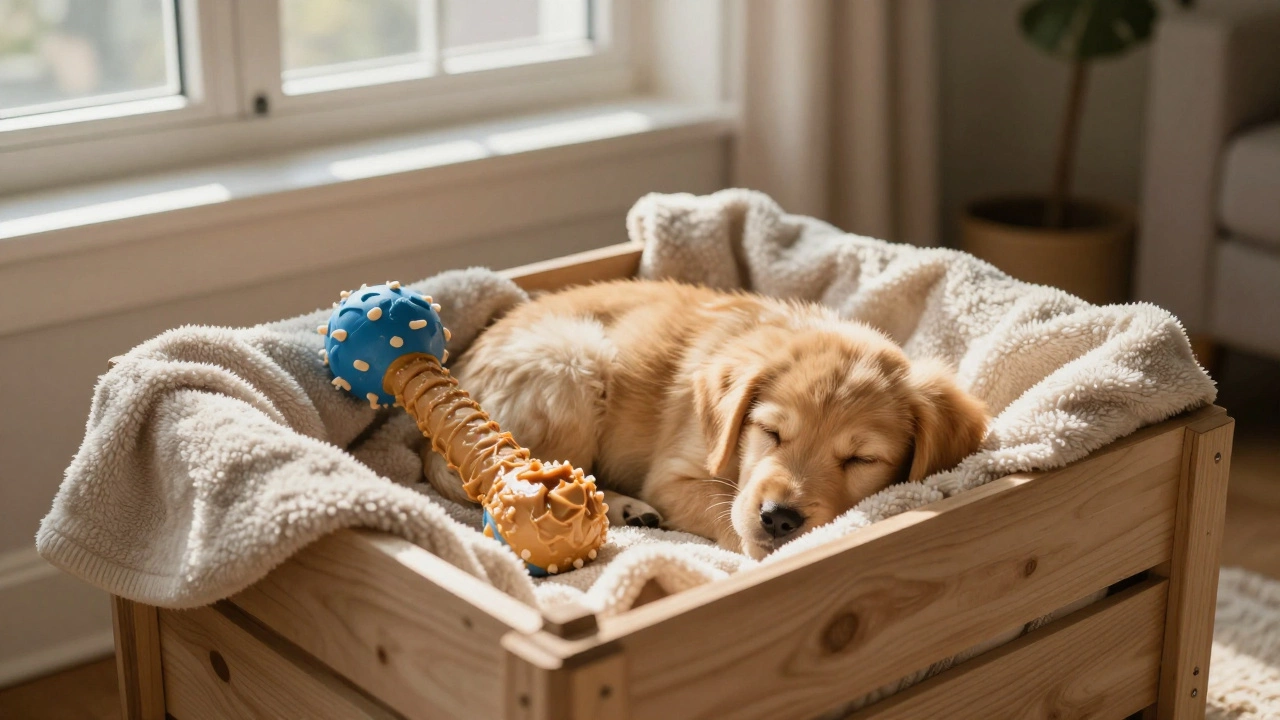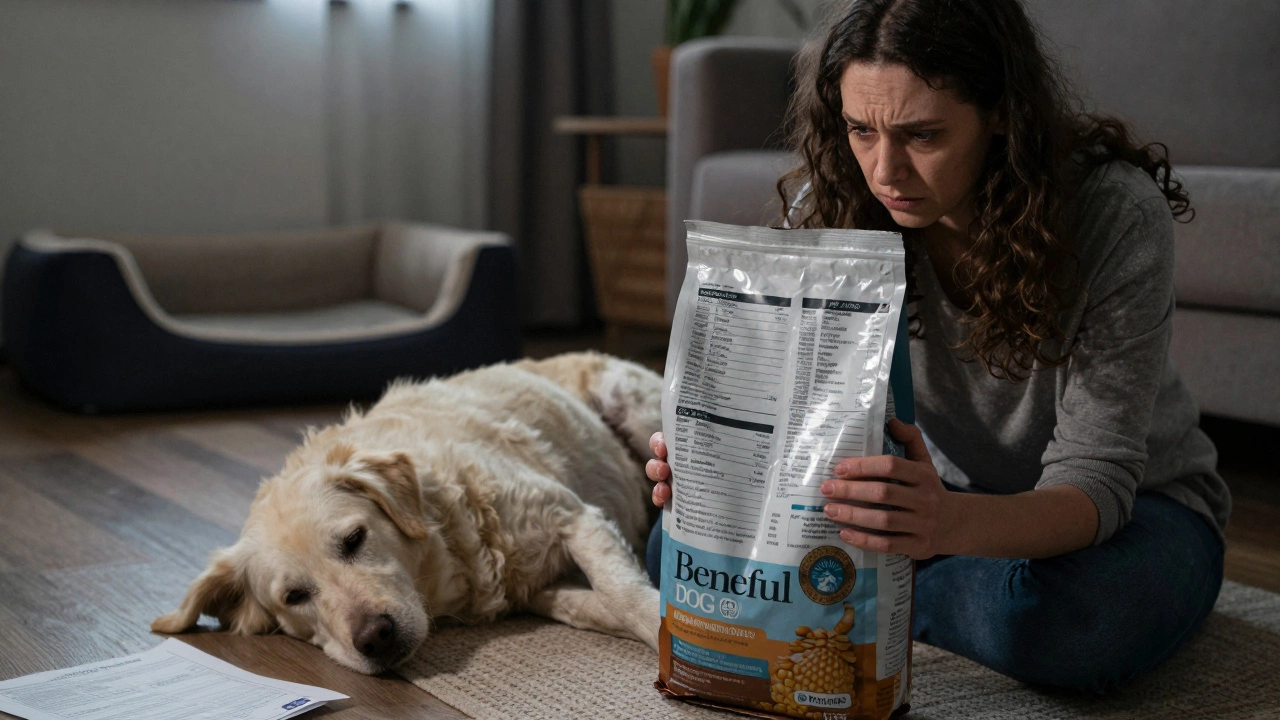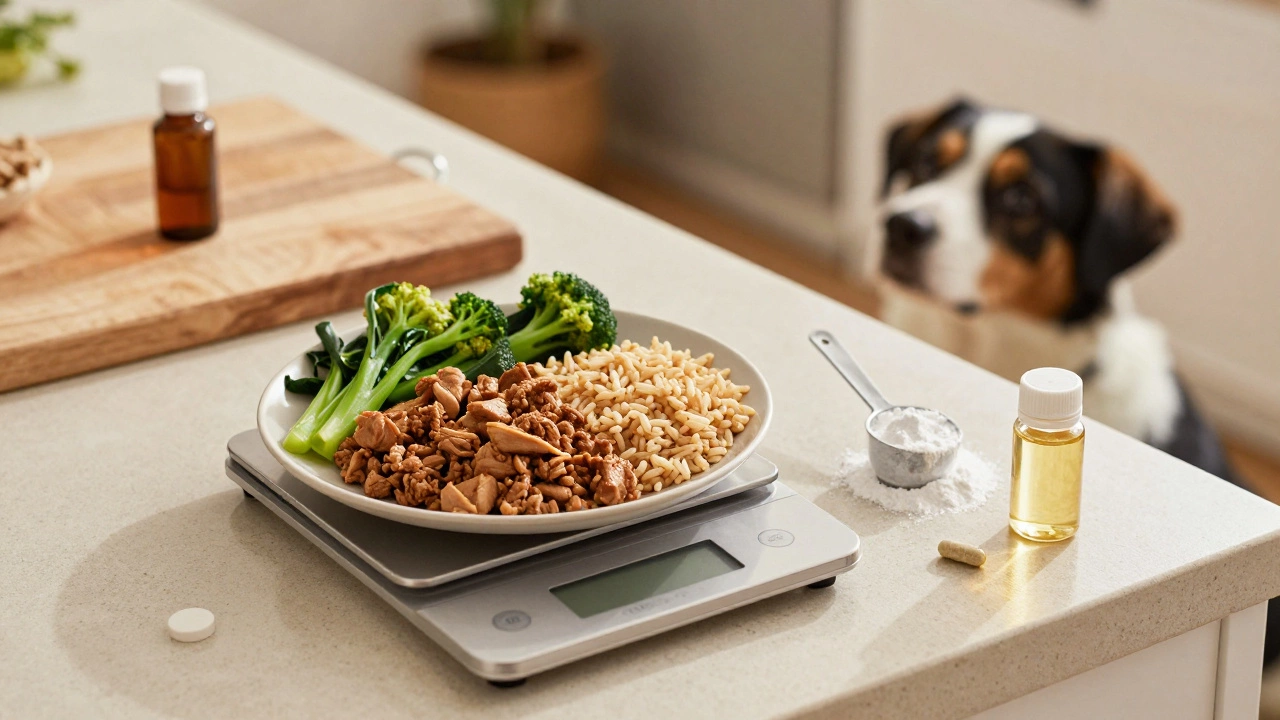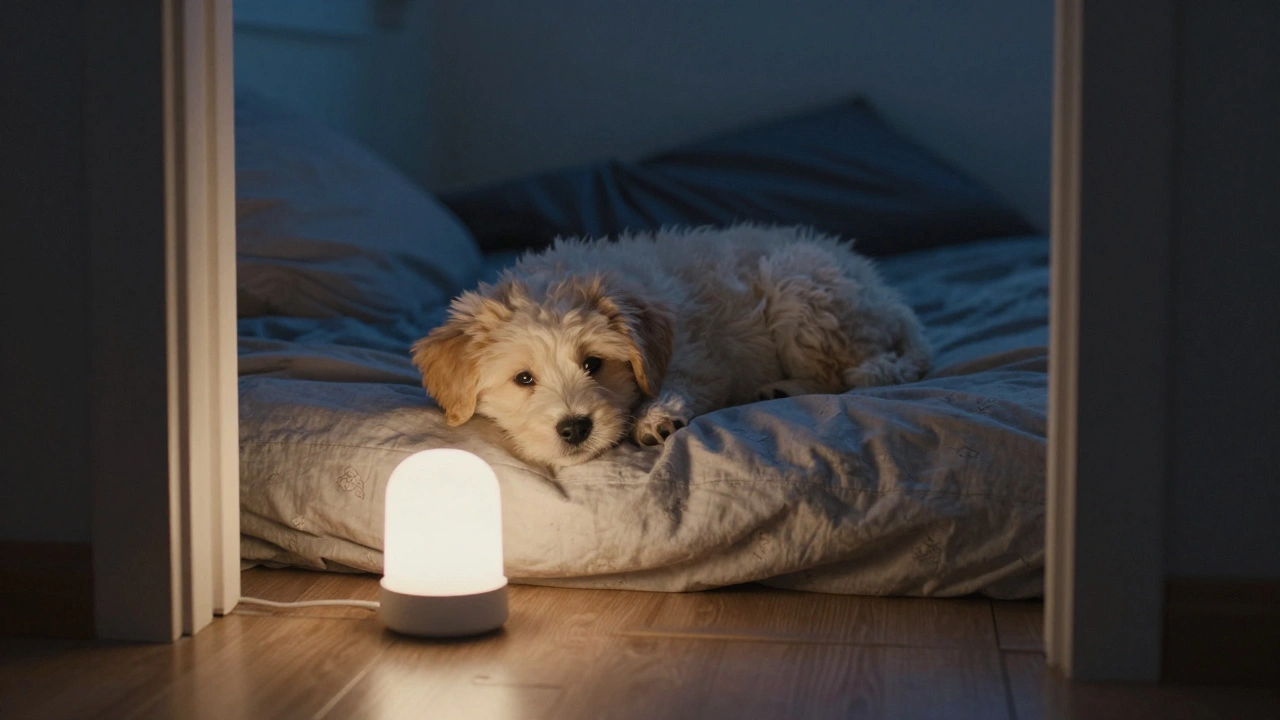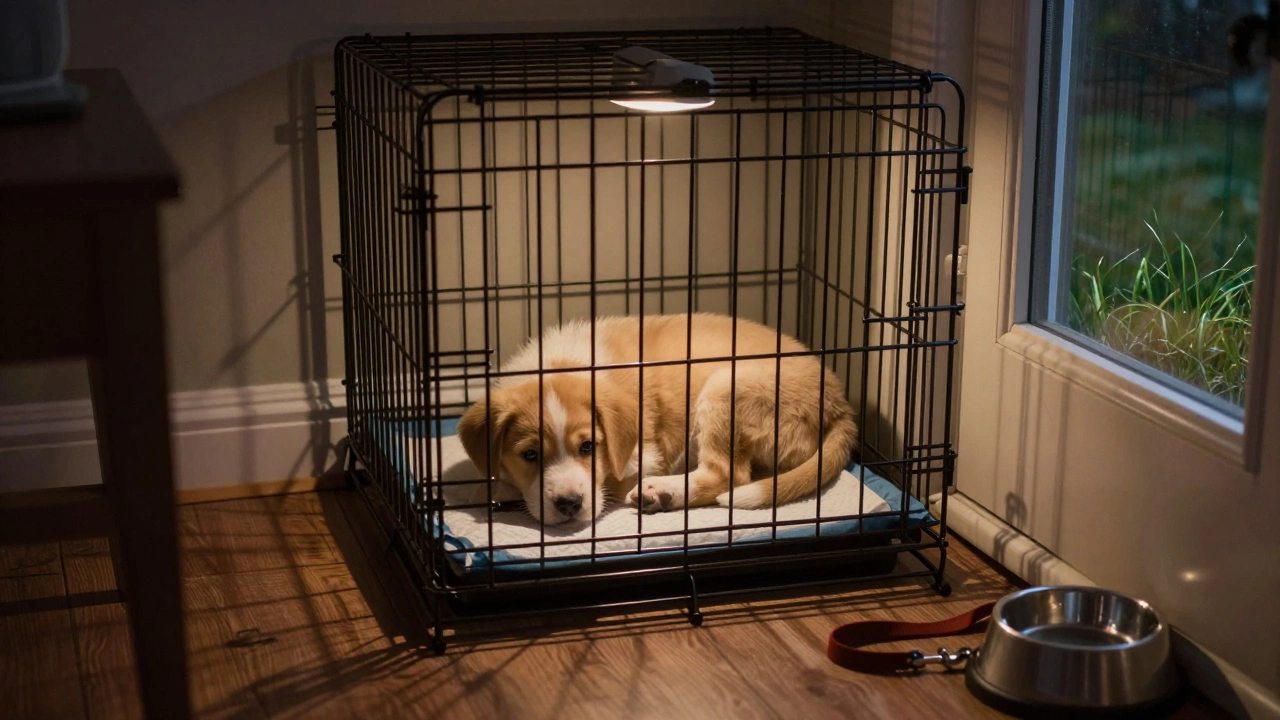Ever picked up a puppy that felt floppy, a little too soft, or as if their fur was wet—even though they hadn’t rolled in water? That’s the first sign something isn’t quite right. Wet puppy syndrome isn’t just a cute or funny name. It’s a real problem, especially in newborns, and it can mean your puppy needs immediate help. The condition makes puppies look limp, with slick or thin hair that feels soggy, even if they’re totally dry to the touch.
This syndrome is often missed at first because people expect puppies to be clumsy and helpless. It’s not just about being weak. Wet puppy syndrome can show up as trouble moving, feeding, or even breathing. Instead of growing strong and chunky, affected pups may stay skinny and fail to gain weight like their siblings.
Noticing this early matters. The sooner you act, the better chance your puppy has to catch up and live a normal, happy life. Let’s get into what causes this odd syndrome, how to spot the warning signs, and what works (and what really doesn’t) for turning things around for these little guys.
- What Is Wet Puppy Syndrome?
- How to Recognize It in Your Pup
- What Causes Wet Puppy Syndrome?
- Is Wet Puppy Syndrome Dangerous?
- Steps to Support Your Puppy’s Recovery
- Preventing Wet Puppy Syndrome in Litters
What Is Wet Puppy Syndrome?
Wet puppy syndrome sounds odd, but it’s a real medical condition that usually affects newborn puppies. It isn’t about a puppy actually being wet—there’s no puddle, bath, or spilled water involved. Instead, these pups look and feel damp because their fur is thin, patchy, or almost slicked down against their skin. That limp, weak look is a dead giveaway something’s wrong.
This syndrome shows up most often in breeds that would otherwise have fluffy, soft coats from birth. When a puppy is affected, instead of a plush coat, their hair is limp, sometimes sticky, and the skin underneath often feels cool to the touch. The body might seem floppy, and the puppy may not have the energy to nurse or crawl like its littermates.
The root of wet puppy syndrome is a weakness in the muscles and sometimes the nerves. This means puppies can’t move right or control their bodies like they should. Because of this, they often don’t get enough food or have trouble staying warm. Both of these things can quickly turn serious.
Vets officially call this “floppy puppy syndrome” or “soft puppy syndrome.” It can hit just one pup in a litter or several. The main thing to remember? This isn’t just a quirk—it's a sign something’s wrong with a puppy’s health, often linked to genetics or sometimes issues in pregnancy, environment, or care after birth.
- Puppies look damp or slick but aren’t actually wet.
- Coat is thin, patchy, or flat instead of fluffy.
- Puppy acts limp, moves poorly, or struggles to nurse.
- Condition shows up early—usually in the first few days of life.
Spotting wet puppy syndrome early—before the pup misses out on food or warmth—makes a huge difference in whether they bounce back.
How to Recognize It in Your Pup
Spotting wet puppy syndrome early makes a huge difference. First, don’t just look at your puppy from across the room—pick them up, feel their coat, check how they move and sound. Puppies with this syndrome don’t act or feel like their healthy littermates. Their fur isn’t just soft—it’s limp, almost greasy or patchy, and never fluffy no matter how much you dry or brush it. Their bodies can feel almost floppy or noodle-like when you pick them up.
- Coat feels damp or greasy: The fur often seems wet, limp, or oddly thin.
- Lethargy or weakness: The pup may not try to crawl around much and tires quickly.
- Poor muscle tone: They feel floppy, not springy. Pick them up and they don’t tense or try to wiggle away.
- Trouble nursing or slow eating: They struggle to latch on, which means they often don’t feed as well as the others.
- Failure to gain weight: Every day, they should be getting a little heavier. Wet puppy syndrome pups often fall behind—sometimes by several ounces in just a week.
- Possible breathing problems: Sometimes these pups wheeze or seem like they’re working hard just to breathe.
Here’s a quick snapshot showing the differences between a healthy puppy and one with wet puppy syndrome:
| Feature | Healthy Puppy | Puppy with Wet Puppy Syndrome |
|---|---|---|
| Fur Appearance | Fluffy, dense | Limp, damp, thin |
| Activity Level | Active, vocal | Quiet, weak |
| Muscle Tone | Firm, moves with intent | Floppy, limp when held |
| Feeding | Eager, latches easily | Struggles, slow eater |
| Weight Gain | Steady increase | Falls behind |
If your puppy checks more than one of these boxes, don’t wait—reach out to your vet as soon as possible. Early help can mean the difference between a struggling pup and a healthy one. Keep daily notes on your puppy’s weight and behavior, so you can spot changes fast. The sooner you notice these symptoms, the better your chances of helping your little one catch up and thrive.
What Causes Wet Puppy Syndrome?
Now, what’s actually behind wet puppy syndrome? It's not just bad luck or a random quirk. This issue usually crops up because of a mix of genetics, how the puppies develop, and sometimes the environment where they’re born. The most direct cause is a problem with how puppies’ skin and hair develop inside the womb. Some litters are just more at risk because the parents carry genes that can lead to weaker skin and softer, less developed coats.
According to the American Kennel Club,
"Wet puppy syndrome often appears in breeds with tightly curled or very soft hair but can happen in any litter when certain risk factors line up. Genetics and poor prenatal care are common causes."
If the mom (dam) is stressed, malnourished, or has a hard pregnancy, puppies can be born weaker. Physical problems like underdeveloped muscles or heart issues can also play a part. Anything that messes up how nutrients get from mom to the pups in the womb raises risk.
In some cases, infections—before or right after birth—can damage hair follicles and skin, making puppies look and feel more “wet” than their healthy littermates. Overuse of cleaning products around the whelping area has even been blamed, though it’s less common. The big thing to remember is that puppies aren’t just getting their fur wet from the outside. Their hair and skin didn’t form properly from the start.
Here’s a breakdown of top causes:
- Genetic predisposition: Families with a history of weak puppies or odd coats may pass it down.
- Poor prenatal care: If mom lacks vitamins or good food, it affects the pups' hair and muscle strength.
- Stress during pregnancy: A nervous or unwell mom can make puppies less sturdy.
- Infections or toxins: Germs or harsh products nearby can impact the puppies right before or after birth.
It’s pretty eye-opening that in some breeds, up to 1 in 20 litters can have at least one pup show signs of wet puppy syndrome. That’s why breeders and owners pay close attention to nutrition and the whelping environment—getting it wrong even a little can make a big difference in a litter's health.
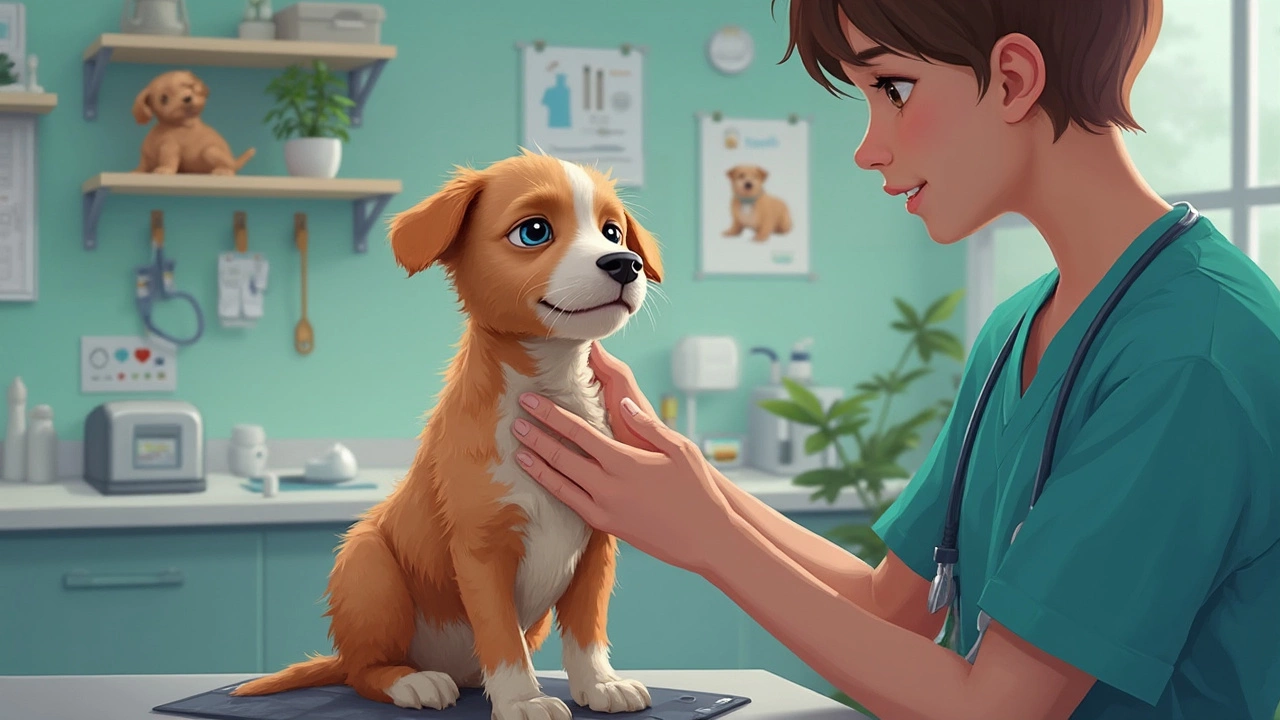
Is Wet Puppy Syndrome Dangerous?
This isn’t one of those pet conditions you can just brush off and hope it sorts itself out. Wet puppy syndrome can be serious—sometimes even life-threatening, especially for tiny pups under three weeks old. The main frightening part? These puppies struggle to eat and move, which means they can quickly become weak, dehydrated, or even fail to survive without fast help.
Puppies with wet puppy syndrome often can’t nurse like their siblings. They tire out way too fast, fall behind in weight, and are easy targets for infections. Their limp bodies make it hard to wiggle over to mom for warmth or milk. If the litter suffers from this, you can lose several pups in a day or two if nothing changes. Vets have reported that if left untreated, up to 50% of affected puppies won’t make it through the first few weeks.
Here’s what can go wrong if you ignore the problem:
- Dehydration: Puppies dehydrate quickly—they have zero reserves. If they can’t nurse, things get risky fast.
- Malnutrition: Without enough milk, growth slows, and their immune system tanks.
- Low body temperature: Wet-feeling, limp puppies have trouble staying warm. Hypothermia is a big danger.
- Infections: Weak pups get sick easier. Simple bugs become very serious threats.
If you spot a puppy that’s limp, with soft fur and poor feeding habits, treat it as an emergency. Separate them from the litter, keep them warm (a gentle heat pad works), and get your vet on the phone right away. Rapid action gives these puppies the best shot. Many survive and thrive if you respond quickly and follow expert advice.
Steps to Support Your Puppy’s Recovery
When you notice signs of wet puppy syndrome, quick action really matters. What you do in the next few hours can make all the difference. First off, keep your puppy warm and dry at all times—these pups can’t regulate their body temperature, so even a slight chill is a problem. A small heating pad under a blanket or a warm water bottle wrapped in a towel works well, but make sure it’s not too hot. The goal is gentle, steady warmth.
Puppies with wet puppy syndrome often struggle to nurse or feed like their littermates. You might need to step in with bottle feeding or, if the pup can’t latch, a vet might suggest tube feeding for a short while. Use formula made for puppies—never cow’s milk, since it’s way too hard on their stomach. Track how much your puppy eats and weighs every day. If you see any drop in weight or refusal to eat, call your vet right away.
Here are the key steps you should take:
- Move the puppy to a draft-free, warm spot away from more active littermates to avoid getting accidentally bumped or rolled.
- Feed every 2–3 hours around the clock. Stick to a schedule, even at night.
- Gently rub the puppy’s body and limbs several times a day. This mimics a mom’s licking and helps with circulation.
- If you see labored breathing or if the puppy is limp and unresponsive, get to a vet immediately. Don’t wait to "see if it gets better."
- Wash bedding daily and keep the area super clean to minimize the risk of infections, since these pups are extra vulnerable to germs.
One study in 2020 followed 38 puppies with wet puppy syndrome: 68% made a full recovery when they got round-the-clock feeding and steady warmth. The key, the researchers said, was keeping up with regular feeding and acting at the first sign of trouble.
| What to Track | How Often |
|---|---|
| Weight gain | Every 12 hours |
| Feeding output | Each feeding |
| Body temp | Several times a day |
| Lethargy or breathing trouble | All day—watch closely |
It might feel like a lot, especially if you’re getting up in the middle of the night. But trust me—most owners see massive changes in just a few days when they stick to these steps. And you’ll know you did everything possible to help your puppy bounce back.
Preventing Wet Puppy Syndrome in Litters
When it comes to stopping wet puppy syndrome before it starts, solid puppy care from day one is the secret. If you’re breeding or raising a litter, know that most issues pop up because of tricky births, the wrong bedding, or problems with nutrition and temperature. It’s not just about luck—it’s all about giving the puppies the right start.
Here are some direct ways to lower the risk in a whole litter:
- Warmth matters most. Newborn puppies can’t regulate their own heat. Keep the whelping box temp steady—right around 85°F (29°C) for week one, then drop slowly each week until they hit four weeks old. Cold puppies are way more likely to develop wet puppy syndrome.
- Right bedding, every time. Soft fleece or vet bedding works great—avoid slippery stuff, towels, or anything that traps moisture. Wet bedding chills puppies fast and can put them at risk.
- Nutrition starts with the mom. Make sure the mom is eating high-quality puppy food during pregnancy and while nursing. Her nutrition is directly linked to the pups’ early health.
- Monitor feeding and weight gain. Puppies need frequent, effective nursing. Use a small scale and track weights daily. If any pup stops gaining, jump in with help. Early action can save a life.
- Quick cleanup after birth. Dry each puppy well right after delivery. Don’t let them lay in fluids or get chilled—that’s a common first step to trouble.
- Look out for crowding and crushing. Bigger litters can mean some puppies get pushed aside. Use pig rails (those rails that go around the inside of the box) so everybody has space and can stay close to a heat source.
Curious about how real-life preventable cases turn out? In one UK breeder’s group, litters kept on fleece and weighed daily had less than 3% of pups develop wet puppy syndrome, compared to over 12% in litters with no temp monitoring and regular towel bedding.
| Prevention Step | Effect on Risk |
|---|---|
| Temperature Control | Reduces risk by ~50% |
| Quality Bedding | Lowers moisture issues |
| Daily Weighing | Spots slow gain early |
One last tip: don’t hesitate to call your vet if you spot any signs. Early help is the best weapon against wet puppy syndrome in a litter. Puppies can go from limp to lively when you get on top of care early. Prevention really is easier than treatment in this case.




